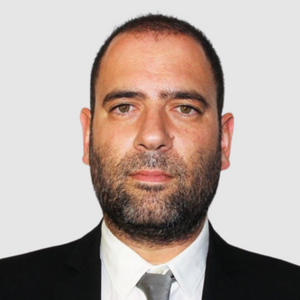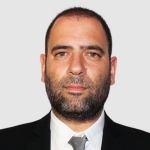40 Years of Electronic Noses: Main Improvements and Future Trends

 It is with great pleasure that we announce the participation of Prof. Jesus Lozano Rogado, DOS president, from University of Extremadura, Spain. Prof. Rogado will give a talk about one of his latest projects regarding the “40 Years of Electronic Noses: Main Improvements and Future Trends“.
It is with great pleasure that we announce the participation of Prof. Jesus Lozano Rogado, DOS president, from University of Extremadura, Spain. Prof. Rogado will give a talk about one of his latest projects regarding the “40 Years of Electronic Noses: Main Improvements and Future Trends“.
During his presentation, Prof. Rogado explains that the cork sector is of great importance in the Iberian Peninsula. The natural cork stopper is the main stopper chosen to close wine bottles, due to its elasticity, insulating capacity, impermeability and durability. He adds that the main disadvantage of using natural cork stoppers is that they are the most frequent source of contamination by chloroanisoles in wines. The main one is 2,4,6-trichloroanisole (TCA), an organic compound responsible for the musty smell that produces an irreversible defect in the wine.
Additionally, The detection of TCA in cork stoppers is a complicated task as it can appear in small areas on different cork planks. It is usually done with conventional chemical analysis techniques, such as gas chromatography. He demonstrates that these techniques require a long analysis time, very expensive equipment and are carried out by specialized technicians, which does not make their incorporation into a cork production line viable.
To conclude, an alternative to these chemical analysis systems, which is already being used successfully in other applications, is the detection of TCA using rapid, low-cost, non-destructive analysis systems based on digital olfaction. This talk will describe the prototypes developed and the results obtained in this application.
November 29-30, 2022 – Tokyo, Japan & Online
www.digital-olfaction.com
